You are here:
The Gilded Image > Medieval Cafe
Medieval Cafe
This is where you can put your feet up with a cup of coffee and your laptop and browse through a random collection of medieval paraphenalia. You’ll find my favourite books about medieval art, favourite websites as well as recent medieval news events.
Happy browsing!
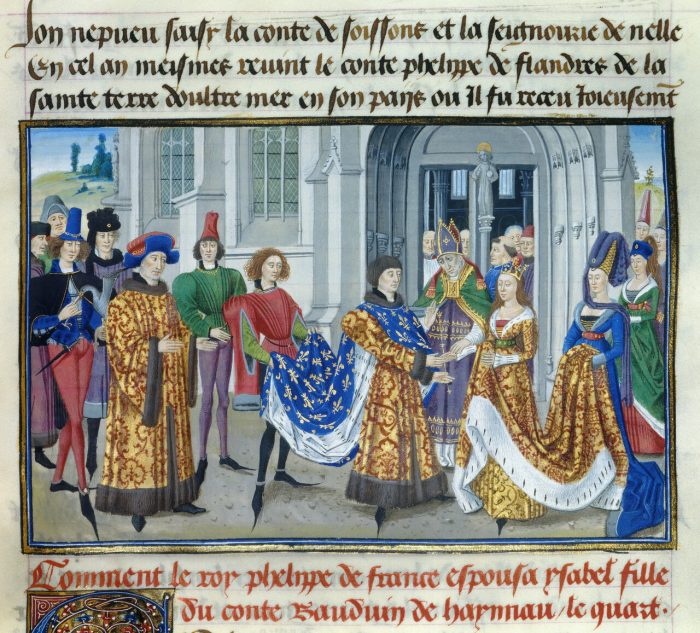
Medieval Pointy Shoes
Who would believe this fashion could take off? It was not until 1463 that London banned the wearing of medieval pointy shoes. They were called crakows as they originated in Krakow, Poland. They were also called poulaines (after Poland), mostly made from leather with a very long pointed toe section. The most extreme examples were worn by men of the upper classes. One theory is that they were a reaction to the horrors of the Black Death, which wiped out up to 60 percent of Europe. Retail therapy? Paris banned them in 1368. Gothic peaked shoes for men enjoyed greater popularity in affluent European countries from the 12th century. Peaks were either ankle shoes with a drawstring fastening wound around the leg, or slip-on shoes. Made in one piece these were fashioned individually by a cordwainer and many were highly decorated. The toe extensions became longer and longer. The longer the toe the more masculine the wearer and sometimes small hawke bells (folly bells) were sown to the tip to gain attention and indicate an interest in sexual frolic. Some were 60 cm longer than the foot. But they were so cumbersome that knights couldn’t fight well when wearing them and had to cut off the toe tips. Swiss chroniclers report how a huge pile of these shoe-tips was found in a heap after one particular battle. During the reign of Edward III nobility were allowed 61cm pointed shoes; gentlemen could wear 31 cm extensions and merchants 16 cm.

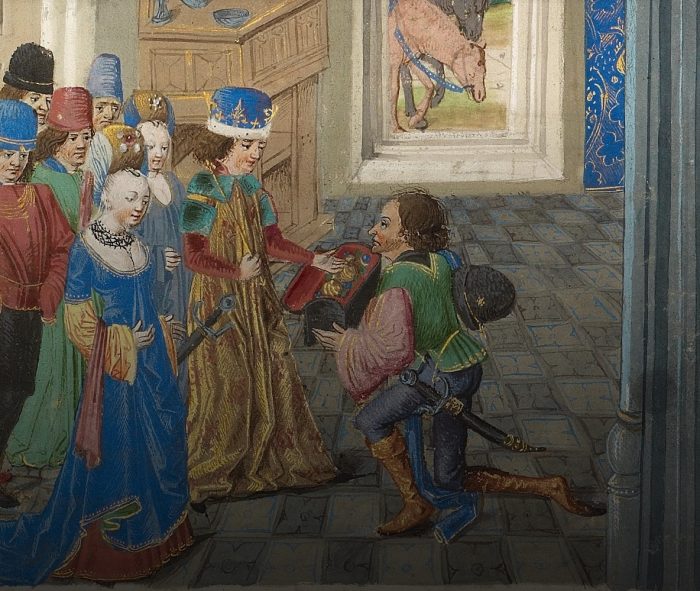
The Getty to reopen with new exhibition on medieval illuminated manuscripts
A new exhibition: Power, Justice, and Tyranny in the Middle Ages, opens at the J. Paul Getty Museum Los Angeles from 25 May to 15 August. It showcases how medieval Europe struggled with many of the same issues of power and disenfranchisement that contemporary society faces today.
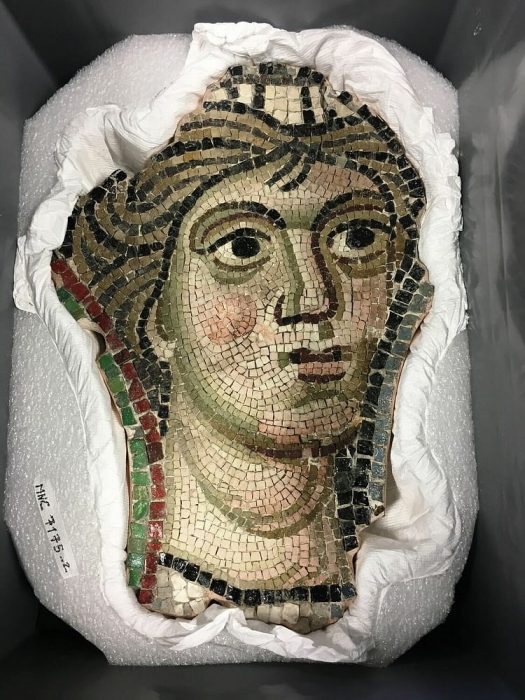
10 Beautiful Medieval items you can see on the Louvre’s new database
The Louvre Museum now has 75% of its collection or 482000 online items for you to explore. Click here to see just 10 of their medieval collection. This angel’s head comes from the famous mosaic of the Last Judgment in the Basilica of Santa Maria Assunta on the island of Torcello near Venice. The work is attributed to a workshop of Byzantine mosaicists who worked in Venice and Torcello in the 11th and 12th centuries.
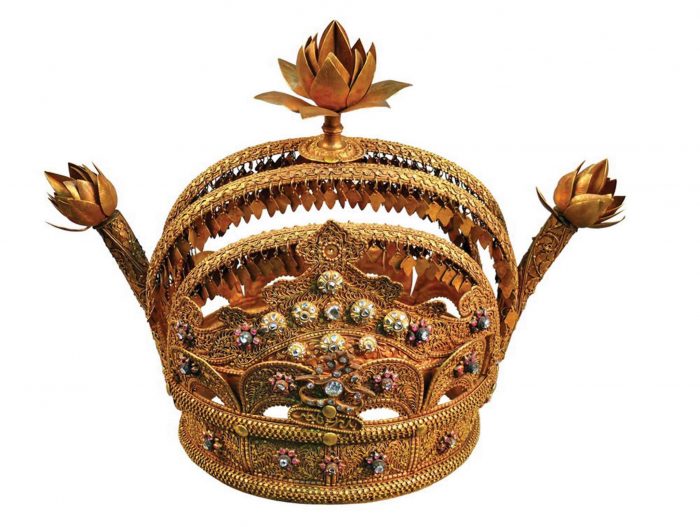
SUMATRA: ISLE OF GOLD
In 2010, The Asian Civilisations Museum, Singapore, organised Sumatra Isle of Gold to tell the story of an ancient crossroads in Asia – the Indonesian island of Sumatra.
The image shows the famous Crown-of-the-Sultan-of-Siak embellished with three lotus flowers, rubies, and diamonds is thought to have been made for Sultan Assyaidis Syarief Kasyim I Abdul Jalil Syariffudin, who ruled until 1889.
You can read more about this exhibition here.

The size ofgo ld
Gold is so malleable that just 1 gram can be hammered into a sheet 1 square meter in size. Major mining sources are China, Russia, Australia and Canada. The best estimates currently available suggest that around 193 million kg (or 193 000 tonnes) of gold have been mined throughout history.
To help picture what this looks like, imagine all this gold was shaped into 1 x 1 x 1 metre cubes. Each cube has a volume of 1 cubic metre or 1 000 000 cubic centimetres. One cubic centimetre of gold has a mass of 19.3 grams so each gold cube would have a mass of about 19.3 tonnes. (That’s very heavy compared to water, where a 1 x 1 x 1 metre cube would have a mass of only 1 tonne).
So we would be looking at about 10 000 cubic metres of gold mined on our earth so far. And as an Olympic swimming pool has a volume of 2500 cubic metres, then that’s enough gold to fill about 4 Olympic swimming pools.
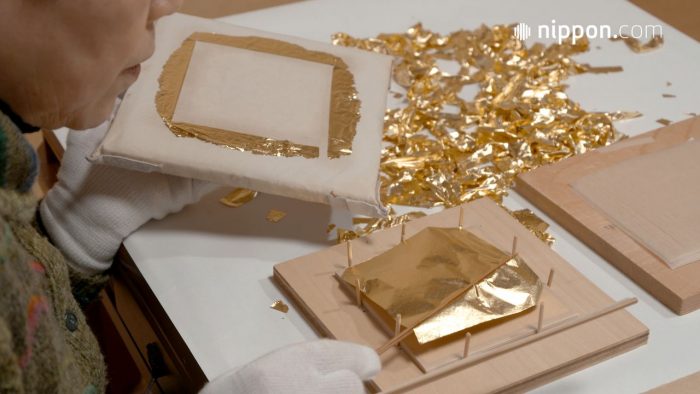
Making Japanese Gold Leaf
Making gold leaf is the signature handicraft of Kanazawa. Pieces of a specially prepared gold alloy are passed through rollers that press them to a thickness of about 0.01 millimeters. The sheets of gold foil are placed between pieces of paper and stacked, and the stack is pounded to spread them and make them even thinner. The sheets are meticulously transferred to another stack of paper and pounded again. This process is repeated thousands of times, until the sheets have been thinned to 0.001 mm. Further pounding reduces the thickness to 0.0001, at which point the sheets are finally ready to be used as gold leaf. This material is so light that it is blown away by the smallest breath of air. Skilled workers handle it with a set of traditional bamboo implements. The final step is to cut it into squares of various sizes and mount it on sheets of mat board. From start to finish the process relies on the work of artisans specializing in particular tasks.
(Originally published in Japanese. Created in cooperation with Kanazawa Cable Television.)
You can watch the video here:
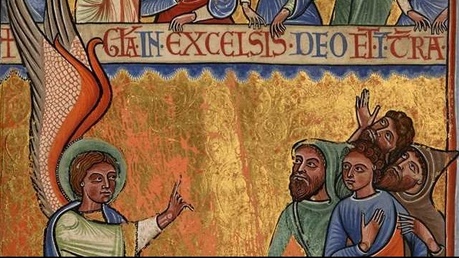
800 Medieval Manuscripts
800 new medieval manuscripts are now available for you to explore online from the British Library, in association with Bibliothèque nationale de France.
The illustration is “Annunciation to the Shepherds, twelfth century psalter – BL, MS Cotton Caligula A. vii/l, f.6v”
Free downloadable art books from The Metropolitan Museum of Art NY
Five decades of art publications are now available to read online or download. Titles include:
Afghanistan: Forging Civilisations along the Silk Road; The Art of Illumination: The Limbourg Brothers and the Belles Heures of Jean de France, Duc de Berry; The Emperors’ Album: Images of Mughal India; Orazio and Artemisia Gentileschi
What are you waiting for!

Isha Ambani’s wedding dress
Isha Ambani is the daughter of India’s richest person, Mukesh Ambani. Her father’s wealth is valued at about $50 billion. They turned their business Reliance Industries into the world’s largest producer of polyester fibres and yarns. This company now exports one fifth of India’s products, including petroleum and mobile phones.
Her hand embroidered wedding dress used panels of gold, crystals and sequins. She was married on 12 December 2018. You can see a video of how her dress was made by clicking here. Aishwarya Rai and her husband Abhishek Bachchan danced at one of the wedding ceremonies.
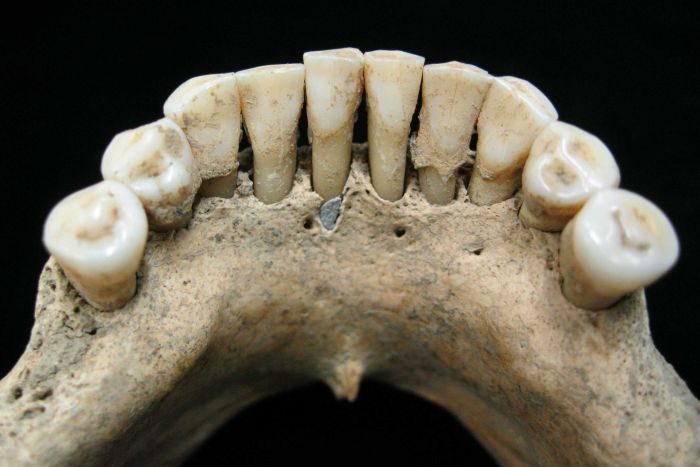
Medieval women created manuscripts too
Scientists have discovered small traces of blue lapis lazuli in the teeth of a female skeleton from a medieval grave in a German monastery. “The team studying the skeleton concluded that the woman, who was aged between 45 and 60, must have been a painter who frequently licked the end of the brush whilst painting.” “The woman was thought to be part of a group of about 14 women living at the monastery who were likely to have been wealthy, upper class, and educated.

Huge gold discovery in Western Australia
There has been a huge gold discovery in outback Western Australia. Some of the pieces found have been valued at almost $4 000 000. Usually miners discover gold dust, not gigantic nuggets. The discovery was made at Beta Hunt mine near the small town of Kambalda, 630 kilometres east of Perth.

CSIRO Green Gold
Australia has produced its first green gold. Cyanide is not used in the process, even though it is used in 90% of gold produced in the world. Cyanide-based infrastructure usually costs about $30 million, but this new technology costs only about $2.5 million.

3.4 tonnes of gold bars
Not a common sight. In March 2018, a Russian plane took off from eastern Siberia with the back door not secured, even though it was carrying a special load of 9.3 tonnes of gold bars. They fell out onto the runway after takeoff and 174 bars were recovered – that’s 3.4 tonnes of gold bars.
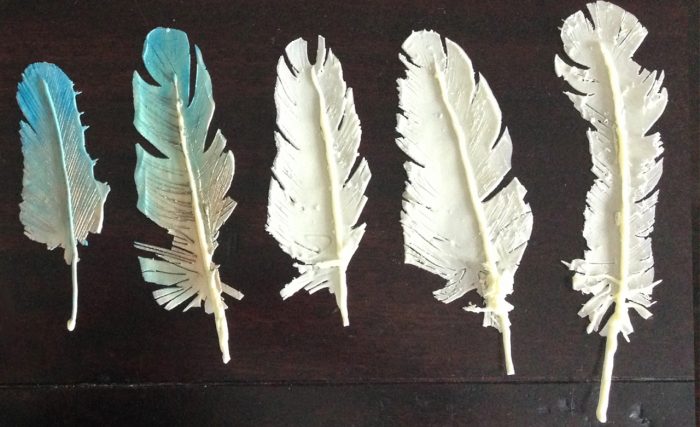
Making a paintbrush from a feather
Watch this BBC video clip from Episode 1 of Tudor Monastery Farm.

Gold created by two colliding neutron stars
Gold is created by colliding supernova. They generate sufficient heat to create this heavy element. But scientists have just discovered two colliding neutron stars – and they witnessed this collision from a range of astronomical devices on Planet Earth.
Click here to read the full article. What an amazing discovery.
” … this single collision produced an amount of gold greater than the weight of the Earth.”
Our world gold reserves
It is believed that about 161 000 tons of gold has been mined by humans throughout history. In May 2016, the world’s banks owned 32 754 tonnes of gold. That’s about 20% of all the gold humans have ever mined. The USA, for example, keeps most of its gold in Fort Knox, Kentucky. China mines the most gold in the world. Switzerland has the largest per capita gold reserves.
Here are the top 10 gold countries:
- USA 8133.5 tonnes
- Germany 3381 tonnes
- Italy 2451.8 tonnes
- France 2435.7 tonnes
- China 1797.5 tonnes
- Russia 1460.4 tonnes
- Switzerland 1040 tonnes
- Japan 765.2 tonnes
- Netherlands 612.5 tonnes
- India 557.7 tonnes
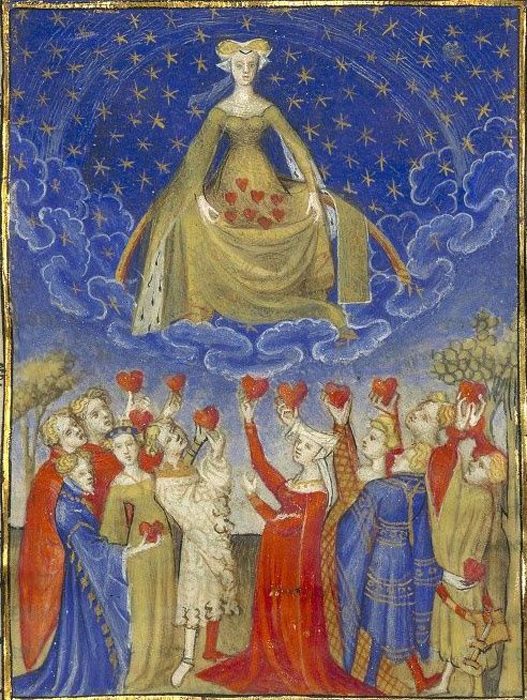
Happy Valentine’s Day
This celebration of love began as the Roman festival and holiday of Lupercalia, celebrating fertility on February 15 each year. About 496 AD, Pope Galesius declared it a Christian feast day on February 14. Valentinus was an early saint and there are several martyrdom myths about him, including one where as a Roman priest he writes a letter to a girl he healed just before his execution, signing it “Your Valentine” in 269 AD. By the Middle Ages, Valentine became one of the most popular saints in England and France where the tradition of courtly love flourished. His burial site in Rome became an important pilgrimage site. Medieval celebrations of St Valentine’s Day included amorous songs, poetry competitions, jousting and dancing. In some parts of Europe keys are given to your lover to unlock their hearts.Today, millions of cards are exchanged and the date has become quite commercial. Before printed cards you always gave a hand-written note. Gifts of roses, chocolates and jewellery are now popular gifts.
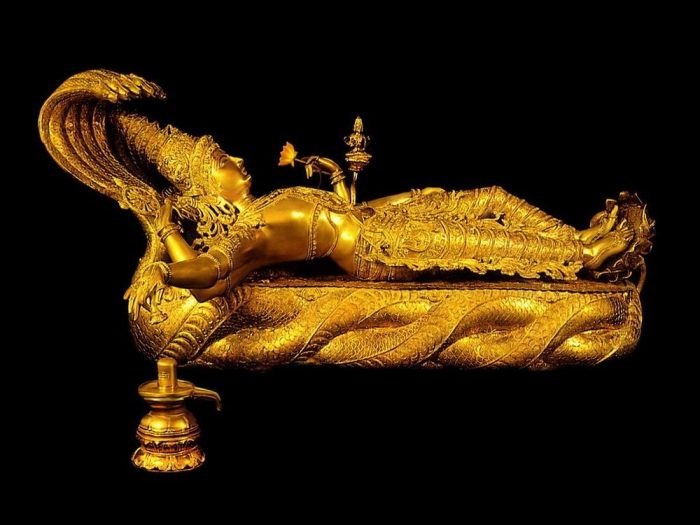
The Trillion Dollar Treasure of Padmanabhaswamy Temple
A temple in Thiruvananthapuram, Kerala, is rumoured to contain golden treasures accumulated over 1000s of years, in secret vaults under the temple. Some ancient literature refers to walls of pure gold. When five of the six vaults were opened in 2011 they revealed a Golden Throne, 2000 gold ornaments and other treasure estimated to be worth $20 billion. The Indian Government wants to melt the gold and use it for making jewellery today. For example, there is a 32 kg statue of Vishnu. But what might be found in the sixth vault?
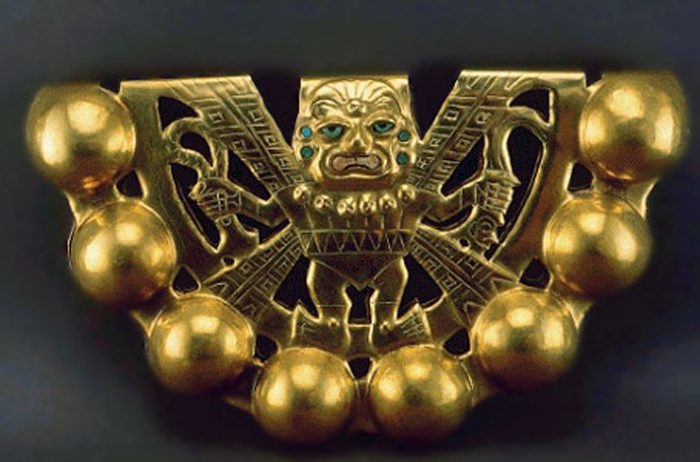
Sipan Royal Tombs Peru
The Sipan royal tombs were excavated in 1987 by Walter Arva and his wife. The area was an ancient city in 50 -700 AD in Northern Peru. It was inhabited by the Moche culture and the site was found undisturbed. The whole area was normally destroyed by tomb robbers so it is one of the world’s richest sites. Fourteen intact tombs have been excavated, including the grave of the Lord of Sipan and they reveal an astonishing array of royal headresses, a pectoral, a face mask and jewellery. Gold, silver and precious stones everywhere. You can visit the nearby Royal Tombs of Sipan Museum to see what they discovered. You can also read about the tomb robbers in a brilliant book by Roger Atwood, Stealing History: Tomb Raiders, Smugglers, and the Looting of the Ancient World (Griffin 2000).
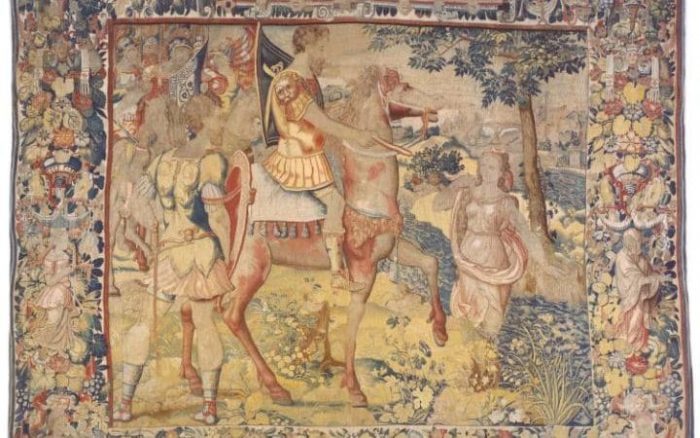
Henry VIII tapestries in NY rug shop
Crazy but possibly true. The TV presenter, Prof Mary Beard, found a set of rare rugs depicting Julius Caesar. The set of 10 rugs had disappeared since 1820 and one possible explanation is that hey were sent for repair and were never collected. You can read more about it here.
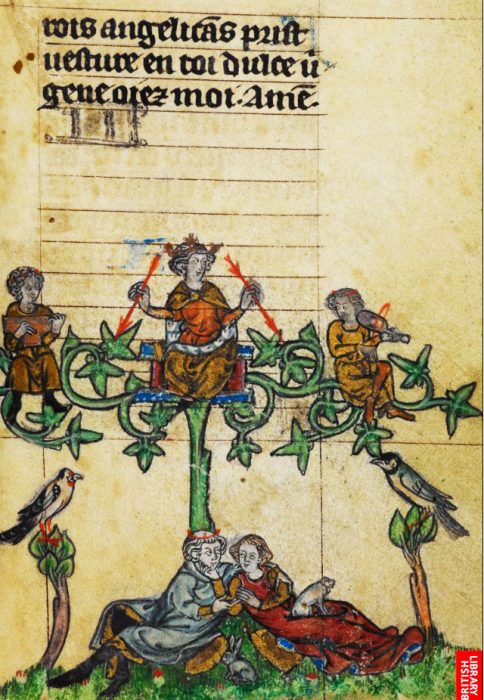
Catalogue of Illuminated Manuscripts
If you haven’t seen this resource before, make sure you check out the online British Library’s Catalogue of Illuminated Manuscripts. Use this website to find and view descriptions and images of medieval and Renaissance manuscripts in the British Library, one of the richest collections in the world.
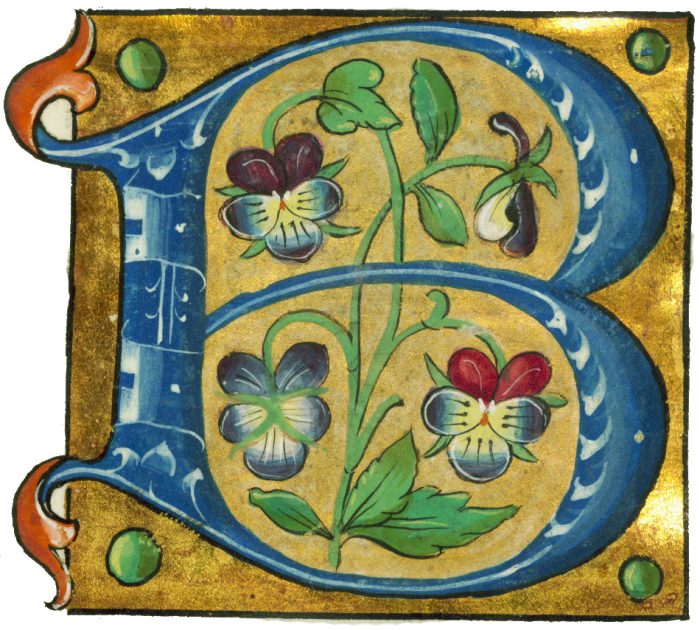
Walters Alphabet Book
The Walters Art Museum in Baltimore Maryland USA, presents art from the 3rd millennium BC to the 20th century. The collectors were a father and son who became rich though their railroad business. You can see closeups of each page in a beautiful French Alphabet book from the 16th century here. To see every illuminated manuscript in their collection look here.
Fra Angelico (Guido di Pietro,1400 -1455)
Fra Angelico was a Dominican friar at Cortona, Fiesole and then at San Marco Florence. He was also an early Italian Renaissance painter described by Vasari as having “a rare and perfect talent”. He trained as an illuminator and was also influenced by the art of Siena. He was an artistic innovator using 3D forms and linear perspective in a spatial setting for his altarpieces and panels. He also painted beautiful faces and used colour to heighten the viewer’s emotional reactions.
While at San Marco he was under the patronage of Cosimo de Medici and was asked to redecorate the monastery. He was also summoned to Rome later in his career to paint frescoes at St Peters. One of his most famous pupils was Benozzo Gozzoli.
Gold leaf was seen as a symbol of a patron’s glory, as well as expensive paint colours like lapis lazuli and vermillion. Backgrounds in gold would be precisely tooled, haloes gilded and clothing gold-edged. But Fra Angelico’s frescoes at San Marco were more humble with simple colours, lacking the expensive blue paint.
“Within the cells of San Marco, Fra Angelico had demonstrated that painterly skill and the artist’s personal interpretation were sufficient to create memorable works of art, without the expensive trappings of blue and gold.”
This detail from the National Gallery, London, is from Christ glorified in the court of Heaven (1423-4). It was originally part of the Fiesole San Dominico Altarpiece and was painted when he was about 28 years old.
See more of Fra Angelico’s paintings here.
The Hunterian Psalter 1170 AD
What an unusual collection of illuminated paintings. This is one of the treasures in the special collections at Glasgow University Library. The incised backgrounds of burnished gold leaf over gesso are the earliest English examples of this decorative technique. A complicated procedure copied from Continental work, the incised patterns are different on each page. The text itself is beautifully written in one hand in an upright English proto-gothic script.
Dr William Hunter (1718-83) was a famous anatomist and physician, and renowned collector of books, manuscripts, coins, medals, paintings, shells, minerals, and anatomical and natural history specimens. Hunter’s collection of books contains some 10,000 printed books and 650 manuscripts; it forms one of the finest Eighteenth Century libraries to survive intact. His library was purchased by the University in 1807.
You can see more examples from this Psalter here.
The International Dunhuang Project: The Silk Road Online
When I visited the Magao Caves (Thousand Buddha Grottoes) at Dunhuang in 2010 as part of their protection I was only able to see about 4 caves. They are a UNESCO World Heritage site and there are 735 existing caves.
In 1900, Abbott Wang Yuanlu discovered a walled-up 11th century cave that had been blocked by sand, but which was packed with ancient manuscripts. This cave is now known as Cave 17, the Library Cave. Dunhuang had been a main commercial hub for Silk Road travellers, especially during the Tang Dynasty. The latest recorded documents are from 1002 AD and it is now thought that the cave complex was hidden to protect it from Muslim invaders.
The IDP institutions have put almost 500 000 images of manuscripts, paintings, textiles and artefacts from Dunhuang online. You can visit the central database here.
Medieval Lovers
This was one of my projects when I participated in my first Medieval Workshops in 1996. It is the front of a hinged writing box. My teacher adapted it from one of the illustrations in the Codex Manesse, but at that stage I didn’t realise that it had been adapted so this is a copy of her version. I quickly realised, once I saw the Codex Manesse page several months later, that I prefer to copy the original version for some reason. I have no desire to create my own medieval image. Very strange.
This is the original illustration in the Codex Manesse, page 249v. It illustrates work by the poet Herr Konrad von Altstetten. You can see the complete set of Codex Manesse illustrations here.
Duccio di Buoninsegna (about 1255 -1319)
Duccio was an Italian painter from Tuscany. He is famous as the father of Western art and may have studied under Cimabue and even may have travelled to Constantinople to learn directly from the Byzantine masters. Only 13 of his paintings survive today. Duccio painted in great detail on wood with egg tempera and gold leaf. He was one of the first artists to place his figures within an architectural setting.
To see examples of his work from the Metropolitan Museum of Art NY click here.
To see his complete works click here.
Heilbrunn Timeline of Medieval Art
If you want to see the entire medieval collection online for the Metropolitan Museum of Art New York, click here. An astounding collection of textiles, artefacts and paintings, regularly updated by the curators. You can spend hours browsing through this site.
Benozzo Gozzoli (1420 -1497)
Gozzoli was an early renaissance painter from Italy. In 1444, he collaborated with the Ghilberti brothers to create the third bronze door of the Bapistry in Florence. He also collaborated with Fra Angelico to create the beautiful paintings in the San Marco Convent Florence. His most prestigious commission was for the Medici family to decorate the walls of their palace chapel.
Gozzoli painted his most famous work, Journey of the Magi between 1458 and 1460. It is found in the Chapel of the Magi in Florence. Exquisite closeups reveal perfect faces and amazing clothing. An absolute wonder.
He included this self-portrait on the middle left of the crowd in the main procession.
Codex Manesse
The Codex Manesse is a book of poetry and songs written between 1304 and 1340 in High German. It was produced for the Manesse family in Zurich. There are 137 beautiful miniature paintings, showing scenes from daily life rather than religious themes. It is a collection representing 137 medieval Minnesingers or poets. I love the non-perspective illustrations, the hairdos … you can get lost just imagining life in that time. You can access the entire book here.
My painting Four in a Boat is copied from a page in this book.
Les Tres Riches Heures
This is said to be the most famous and best surviving French Gothic book of illuminated manuscripts. There are over 100 full page pictures. It was painted by the Limboug Brothers for their patron Jean, Dud de Berry. One of the Duc’s castles is usually shown in the background of each picture. Unfortunately the book was left unfinished as all died in 1416, perhaps due to the plague?
Images of the miniatures and illuminated text pages in the famous 15th-century Book of Hours painted for Jean, Duc de Berry.
You can see the 12 months of the year here.
Jesse Hurlbut’s Manuscript Art
Jesse has permission to photograph and distribute manuscripts from the reading room of the Bibliothèque Nationale de France. He has been doing this for over 30 years.
For a detailed investigation of minute details in medieval manuscripts, look no further than this site. You can spend days wandering in and out of these pages. One of my ultimate websites for the sheer beauty of gilded images.
Books of Hours in the Houghton Library, Harvard University
A Book of Hours was like a medieval bestselling novel, popular with laity, monarchs and merchants, lords and ladies alike. You can browse through some of the collections from the Houghton Library, Harvard University.
Rare paintings in Spain about murder of Thomas Becket
For the first time in 30 years, wooden protective boards and a glass panel have been taken away to fully reveal a rare medieval artwork. The paintings in the ruined church of St Nicolas in the Spanish town of Soria tell the story of the murder of the English Archbishop Thomas Becket.
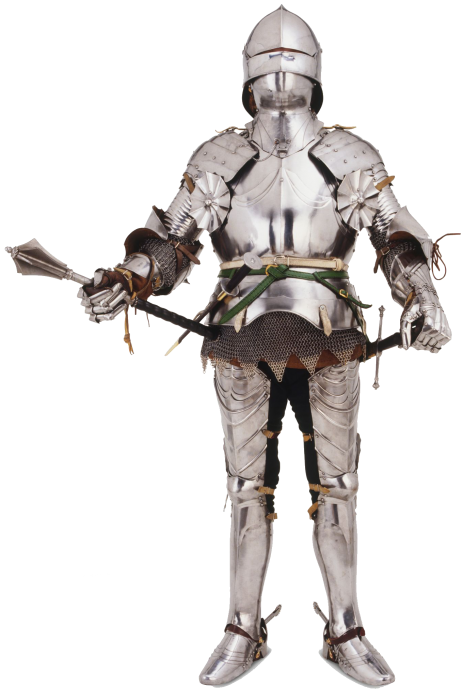
Medieval armour may have been too heavy
The burden of wearing 30 kg armour might have affected the course of the battle of Agincourt in 1415, in which Henry V’s lightly armoured soldiers defeated the French army. A key feature of the battle was that the French knights had to advance across a very muddy field towards English archers.
To test this theory, English scientists monitored volunteers fitted with 15th Century replica armour as they walked and ran on treadmills. They found that the subjects used high levels of energy, bore immense weight on their legs and suffered from restricted breathing.
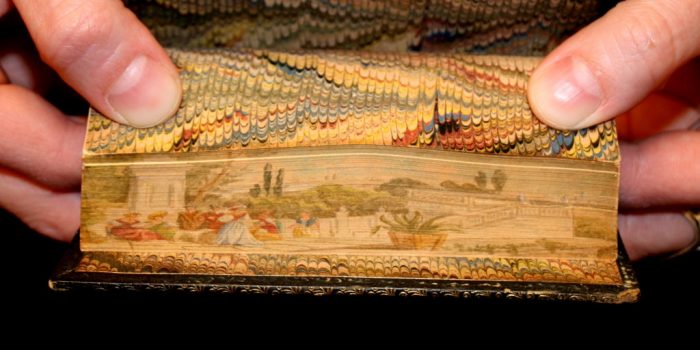
Hidden artwork painted on the edges of books
Fore-edge paintings are found on the edges of a books pages. When the book is closed the painting is hidden by the gilding. These types of paintings have been found from the middle ages through to the late 19th century.
You can see the collection from the Boston Public Library here.
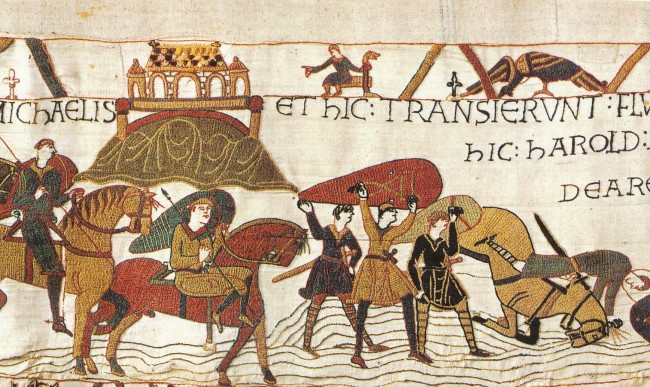
Who designed the Bayeux Tapestry?
Latest research reveals it was Scolland, the abbot of St.Augustine’s monastery in Canterbury, and that it was made around the year 1075.
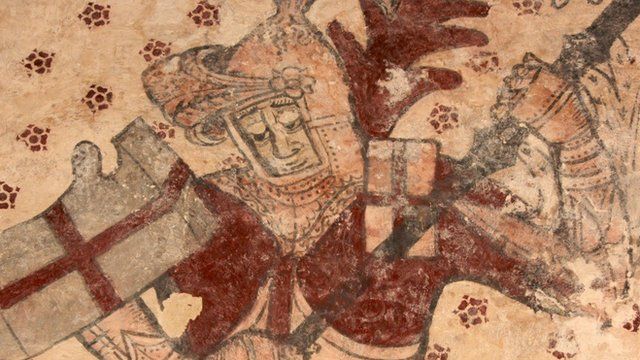
Welsh church uncovers stunning medieval wall paintings
Find out more about the discovery in this 7th century monastery here.
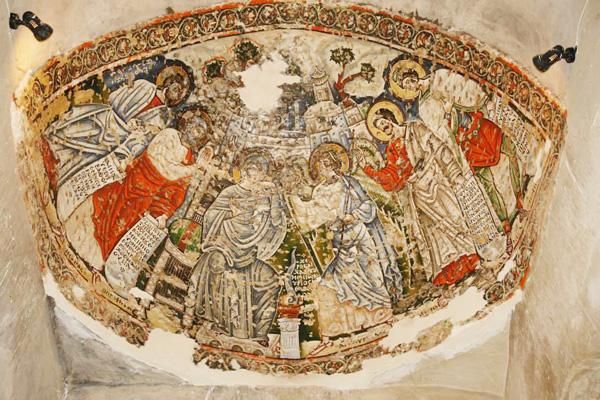
Unique wall paintings uncovered at Deir Al-Surian Church, Egypt
Find out more about the Deir Al-Surian Monastery here.